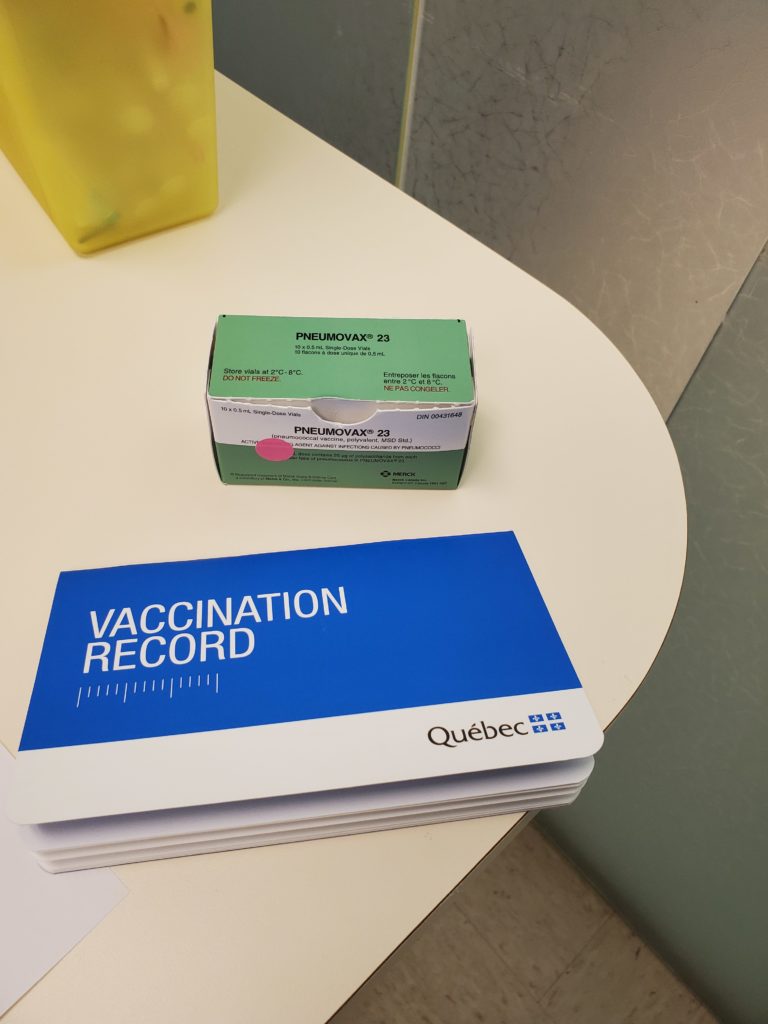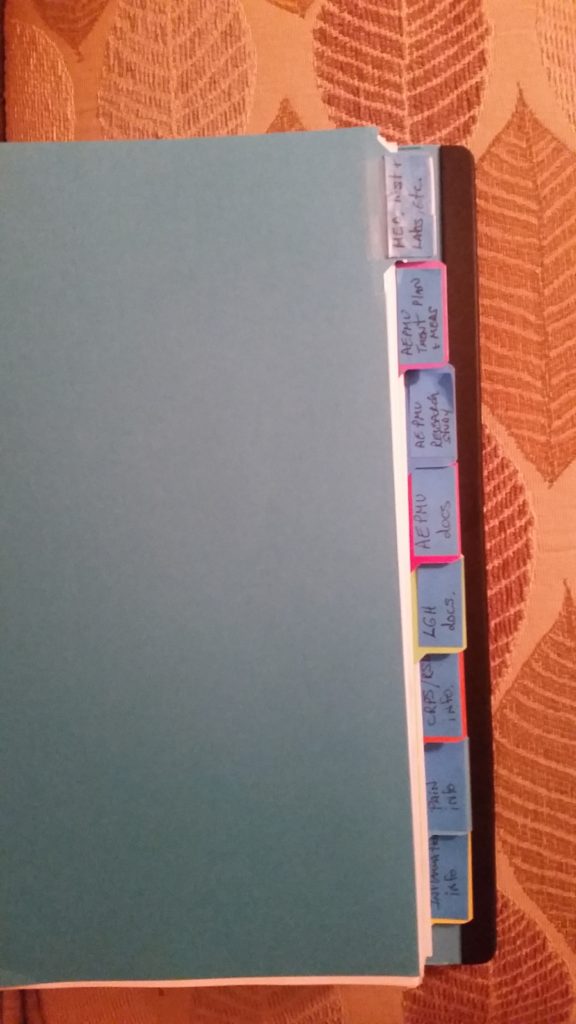With all of the online and virtual courses being offered this year, because of the current COVID-19 pandemic, it has turned out to be a good time to put my initial 2020 plan in to action. In January I began harnessing my since-childhood desire to learn to paint with watercolours, as the basis for my own DIY “art-as-therapy” plan, to help manage the symptoms of my rare autoimmune and neuro-inflammatory disease.
This plan was originally hatched at the end of 2019, and in preparation I’d signed up for a variety of different creative courses at local community centres, art galleries, and libraries. These were all scheduled to start in March and April of 2020; creative journaling, an introduction to 3D printing, watercolour painting, and more. And, of course, each of these was cancelled due to the pandemic.
My pain management plan isn’t only about chronic pain, though; it also helps me deal with the other symptoms of my rare disease. Since 2016 I’ve been struggling with fully-body autoimmune fatigue – which strikes unexpectedly but mostly in the late afternoons and evenings – and with a variety of different types of symptoms affecting my right hand and lower arm.
The localized symptoms include a skin pain called allodynia, seemingly random swelling, neuropathic pain in my arm, joint pain in my wrist and every finger, a feeling as though my arm is either on fire or experiencing frostbite, a sensation of electric shocks from my fingertips up almost to my elbow, uncontrollable occasional hand and wrist twitching, and more.
In late 2018 another unexpected symptom appeared, a ‘mild cognitive impairment’ (MCI) from the neuro-inflammatory aspect of this disease. By the start of 2019 this MCI had signaled the end of my beloved career in bioethics, also called biomedical ethics, which left me feeling very much adrift.
The end of my career, with its long hours, also left me with quite a lot of time on my hands. I quickly became more involved – within my now MCI-limited capacities – as a Patient Partner in research projects and in healthcare quality improvement (QI) initiatives.
Added to these projects, a few hours each day (most days), are dedicated to the most important aspect of my self-guided symptom management; aerobic or cardio(vascular) exercise. Working up a good sweat, through physically challenging cardio exercise – mostly cycling – improves my pain levels as well as my overall health. This is something that I can do for myself, although with the full approval of my medical team.
As a competitive athlete in early childhood and through my teenage years, I learned to turn to exercise as a means of releasing stress. Doing a sport or exercise unrelated to the one for which I was training (biathlon, diving, figure skating, swimming…) was a fantastic way to get my mind off an upcoming competition. Exercise was what I did for fun, really.
It may not occur to folks who don’t live with a chronic illness, but the ‘patient life’ can be stressful. Having to constantly deal with unpredictable symptoms, chronic pain, and feelings of overall illness is not easy. Then, as we feel at our worst, we face systems and bureaucracies that aren’t entirely focused on the “care” aspect of “health care”; insurance bureaucracies, clinic booking systems, etc.
Here in Canada, for example, we still rely heavily on paper records. And on fax machines. For patients this means often trying to ensure that lab test results get sent to the correct specialist(s), playing telephone tag to chase down individual faxes being sent from test facilities to specialist offices… The onus tends to be on the patient to ensure that the test results are sent to the correct fax number, but in most cases the labs won’t release the results to us so that we can send them on ourselves and confirm receipt.

Photo ©Sandra Woods 
©Sandra Woods
Exercise helps me deal with this frustration, as well as with my symptoms themselves. I credit my dad for this attitude, for teaching my sister and I to hike, swim, canoe, and more – just for the sheer pleasure of it. Luckily for me it’s an attitude that I’ve retained, well into adulthood, and it is serving me particularly well in learning to live with the chronic pain and the other symptoms of my rare illness.
With a few hours each day dedicated to research and QI projects, and a few others spent on exercise, I still had time for other projects… but they’d have to be activities that didn’t overtax my brain because of the cognitive impairment. By the time I spent an hour or two on Patient Partner projects, my MCI would kick in and I’d have to let my brain rest.
That’s when I had the idea of finally learning to paint, using watercolours, back in 2019. To be clear, I’m not doing “art therapy” which is a form of psychological facilitation guided by licensed therapists:
Art therapy combines the creative process and psychotherapy, facilitating self-exploration and understanding.
Canadian Art Therapy Association. What Is Art Therapy?
Using imagery, colour and shape as part of this creative therapeutic process, thoughts and feelings can be expressed that would otherwise be difficult to articulate…
In Canada and the United States, art therapists must have at minimum a master’s degree or a master’s level diploma in art therapy before identifying themselves within the profession.
This graduate level education includes supervised clinical practicum hours (minimum requirement for all practicums is 700 hours and at least 350 of these hours should involve direct client contact), thus ensuring the safety of the client as well as professional liability for agencies and employers offering this form of therapy.” (1)
I really don’t need any assistance in expressing my emotions, feelings, or thoughts. Instead, I’m calling my DIY plan “art as therapy”, in the therapeutic or treatment sense of using art to help with my own symptom management. I suppose I’m using art education and training as an informal self-directed adjunct therapy, to help manage the impacts of my chronic pain and cognitive issues. Again, this is something that my medical team is aware of – and fully supports.
As a beginner, with both drawing and painting, I’m the first to admit that I’m really not a very good artist! But I’m having fun, and learning something new every day; that’s something that I’ve truly missed ever since I had to abandon my career due the MCI.
And sometimes, when I start painting, time just seems to fly by and I forget about all the stresses of the “patient life”. My reality as someone living with Complex Regional Pain Syndrome (CRPS) simply fades away. There are times, of course, when I can’t concentrate on a painting due to overwhelming pain – or because of the MCI – but I try not to dwell on those occasions.
If you think that a creativity activity might be helpful for you or for someone you love who lives with chronic pain, there are many options beyond painting! The American Chronic Pain Association (2) has a number of resources and ideas available on their website. As they say,:
Both drawing and painting are an effective way for people with pain to express their level of suffering or the type of pain they are experiencing.
American Chronic Pain Association. The Art of Pain Management.
However, art is not limited to drawing and painting.
One can sculpt, use objects to create collages, or even finger paint to express your emotions.
Even cooking is an art!” (2)
If you’re interested in the progression of my “art as therapy” plan, you can read some of the highlights here; Virtual safari, Art & bioethics, Drawing on the brain, 6 weeks, Learning ‘trick’, and Drawn & quartered.
I’ve signed up for a couple of weekly watercolour courses, starting later this spring, and have a few workshops scheduled as well. Hopefully my drawing and painting skills will improve ‘-) If not, I’m sure that I’ll continue to have fun with this, and with the virtual socializing that happens during these online courses… something that I’ve desperately missed during this pandemic has been the opportunity to meet people!
As always, thanks so much for stopping by. Keep well, stay healthy, and let’s all hope for this pandemic to end as quickly as possible.
References
(1) Canadian Art Therapy Association. What Is Art Therapy? Canadian Art Therapy Association website. Updated 2020. Accessed 15 Apr 2021. Online:
https://www.canadianarttherapy.org/what-is-art-therapy
(2) American Chronic Pain Association. The Art of Pain Management. American Chronic Pain Association website. Undated. Accessed 15 Apr 2021. Online:
https://www.theacpa.org/pain-management-tools/the-art-of-pain-management/

